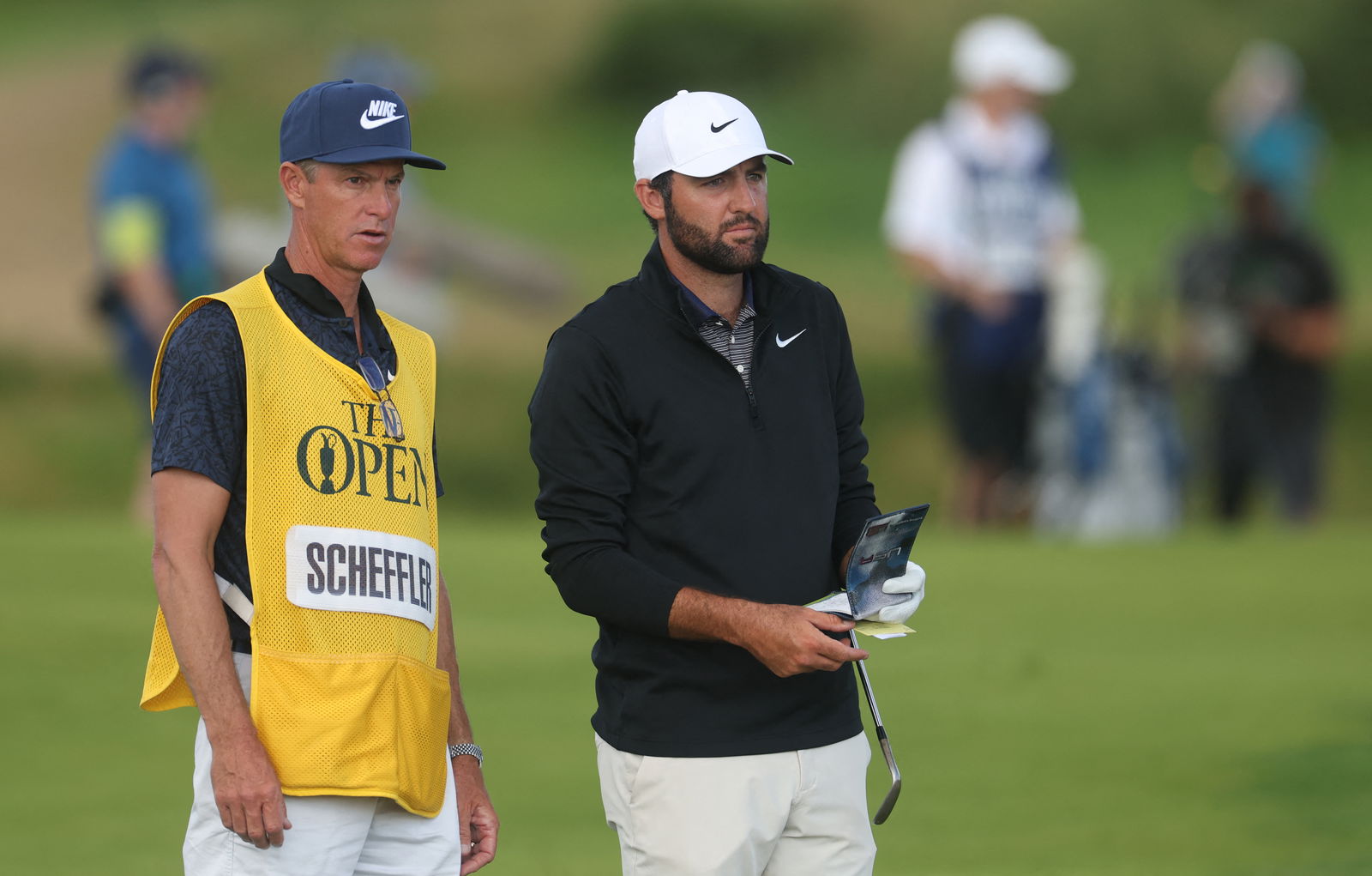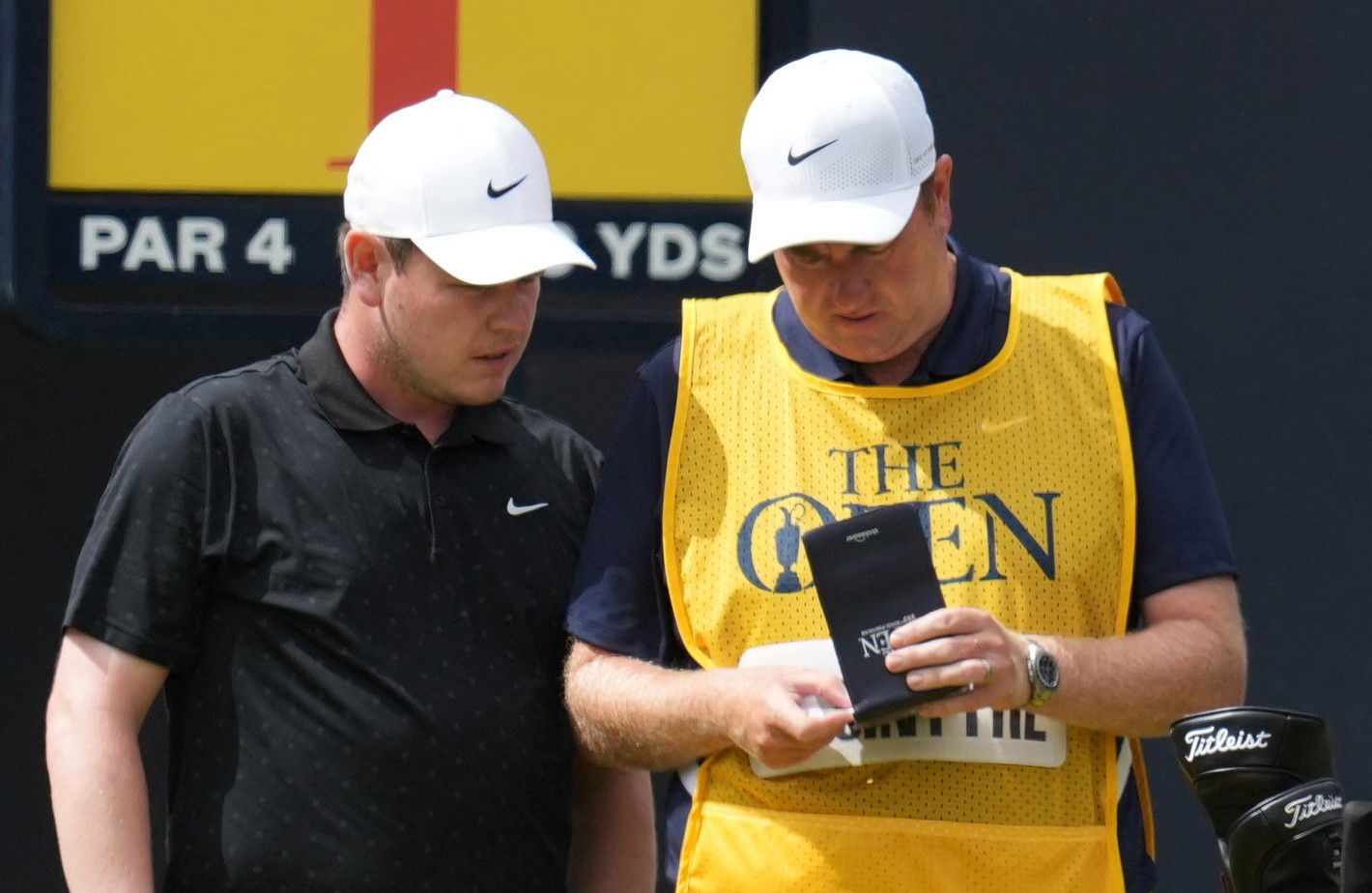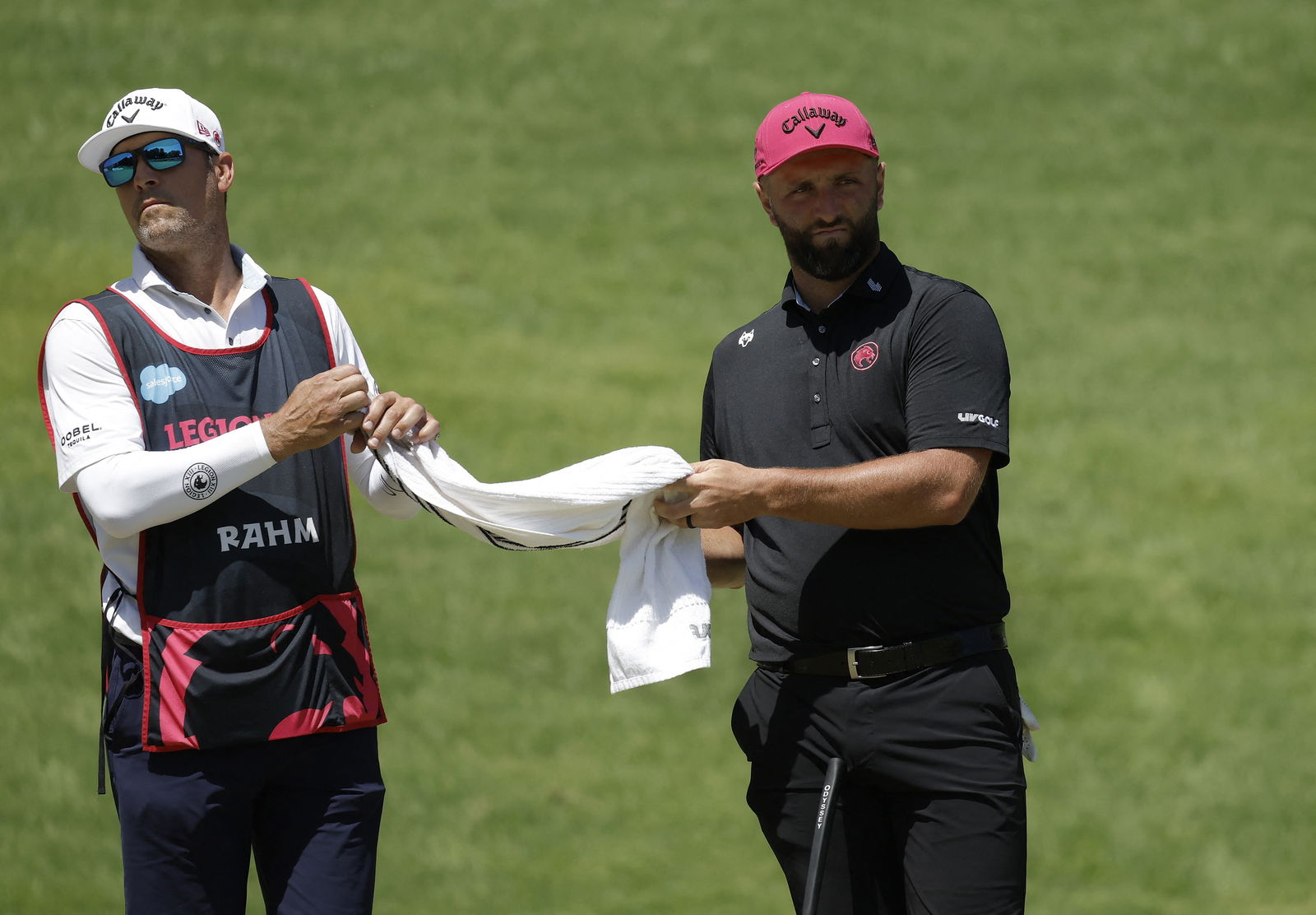How to think like a caddie: The secret to help you play smarter golf on the course
Read the latest article in our new game management series with former European Tour pro Carl Watts, as we delve deeper into the role of the caddie and why PGA Tour and LIV Golf players rely so heavily on them.

In last week's first article, we introduced the idea of building a team around your game — just like PGA Tour and LIV Golf pros. A professional golfer has five key roles supporting them: the Caddie, the Player, the Coach, the Psychologist and the Manager.
Now it’s time to dive deeper into the first of those roles: The Caddie.
This is where your smarter golf journey begins, and I'm going to help you through it with a step by step process each week here at GolfMagic.
Let's dive in...
What does a caddie actually do?

A Tour caddie’s job is to remove doubt, simplify decisions, and bring calm to chaos.
Caddies on the PGA Tour, DP World Tour, LIV Golf and LPGA handle everything from pre-round strategy to club selection, green reading, and emotional support.
Take Ted Scott, who caddies for World No. 1 Scottie Scheffler, for example.
Scheffler recently said:
“He holds my hand around the golf course. He works as hard as I do, if not harder… I trust everything he tells me.”
If the world’s best players rely on their caddies that much, what makes you think you don’t need one?
Common amateur mistakes (aka when you play without a caddie)
When most golfers play a round, here’s what tends to go wrong:
No pre-round planning
Guessing distances and club choices
Making rushed, emotional decisions
Poor strategy on holes that don’t suit their game
Blaming bad shots on swing faults rather than poor thinking
Often, what looks like a technical error is actually a poor decision — something the caddie could’ve prevented.
And in your case, **you are the caddie**.

Become Your Own Tour Caddie
Here’s how to step into the caddie’s shoes and start playing smarter, more confident golf.
Step 1: Your Par
Most players go wrong from the moment they pick up a scorecard.
They try to play to the course’s par (usually 72), which is based on the pro game — not theirs.
A Tour caddie would immediately adjust the par to reflect your golf handicap.
So if you’re an 18-handicapper, your par is 90.
That means you now treat one hole on each side as a par 5 instead of a 4, or a par 4 instead of a 3.
It sounds simple, but it changes everything — especially how you plan and approach each hole.
It’s not cheating. It’s playing to your standard, not someone else’s.
Step 2: Know Your Distances
A caddie must know how far each club goes. Not your best shot — your **average** landing distance.
This means going to the range and using a launch monitor and recording real numbers.
Be honest. If your pitching wedge carries 95 yards more often than 100, that’s the number your caddie uses.
Round them up. Keep it simple. You’re building your own yardage chart — one of the most important tools a caddie has.
Step 3: Strategy, Not Guesswork
Tour caddies plan holes using numbers, not clubs.
So instead of “driver then 7-iron,” your plan becomes: “Play to 200 yards left side, then 130 to the centre of the green.”
Why? Because conditions change. A club-based plan becomes useless in wind or rain.
Strategy based on distance is flexible. That’s why it works.

Step 4: Conditions and Club Selection
Caddies take into account:
Wind
Temperature
Slope
Lie
Ground firmness
This allows them to calculate the true playing yardage and pick the club that fits.
You must learn to do the same. That means factoring in a 10-yard headwind, or knowing that a downhill lie might cost you five yards.
This turns random guesses into calculated decisions.
Step 5: The Confidence Transfer
Once your caddie (you) has done the job, the player (also you) is handed the club with one clear message:
“This is the shot. This is the number. Go...”
No doubt. No second-guessing. Just confidence.
This improves technique more than any swing change. When you know what shot you’re hitting and you’re committed — your body responds with clarity and freedom.

So How Much Can This Save You?
Learning to be your own caddie can save the average amateur 6 to 10 shots per round.
That’s not an exaggeration. That’s from real golfers, in real situations, who stopped winging it and started thinking like a pro.
Because when the caddie does their job well, the player gets to shine.
Final Thought: You Don’t Need a Tour Caddie… You Just Need a System
You’re probably not going to hire a full-time caddie to follow you around your weekend Stableford.
But you can become your own Tour-level caddie — and it starts with this mindset shift.
Treat each shot like it matters
Plan your round before you tee off
Work in distances, not clubs
Play to your par
Remove doubt, then play free
This is how you stop wasting shots.
This is how you take control of your game.
For those of you who would like to fast track your game, as part of our new partnership with GolfMagic you get instant access to our 'Take Control of Your Game Freebies' - CLICK HERE
Coming up next week:
The Player’s Role — where commitment and process turn preparation into execution.
In case you missed it, here's a look at last week's article where I introduced you to your new golf team.
Carl Watts
The Game Management Coach
YourGolf 365

